|
By MNS Conservation Division as appeared in Malaysian Naturalist, June 2019 Being the country partner for BirdLife International hugely benefits the Malaysian Nature Society (MNS), especially in capitalising on BirdLife’s wealth of bird data as well as knowledge sharing. In February, the Society had the opportunity to strengthen its Environmental Education Division through a workshop involving sister country partners. They were Haribon Foundation, the Philippines; Viet Nature, Vietnam; Royal Society for Protection of Nature, Bhutan; Biodiversity & Nature Conservation Association, Myanmar; Bird Conservation Nepal; Bombay Natural History Society; NatureLife, Cambodia; Chinese Wild Bird Federation, Taiwan; Burung Indonesia; Nature Society, Singapore and Hong Kong Watching Society, China. The five-day training was a comprehensive tour and talk, taking in MNS’s Urban Community Forest project and Environmental Education Hub at Mid Valley Megamall, Taman Tugu, Forest Research Institute Malaysia, and SMK Darul Ehsan, Selayang, which is one of the Society’s School Nature Club members. The delegates also spent time within the Northern central Selangor coast flyway, including taking part in the Kuala Selangor District Council’s World Wetlands Day celebration that included VIP guest, Selangor’s Tengku Permaisuri Norashikin. They also toured Kuala Selangor Nature Park (KSNP); Sungai Buloh Sasaran mudflats; Sungai Sireh Homestay, with its paddy fields, traditional houses and coconut drinks; and Kampung Kuantan’s fireflies. In terms of knowledge sharing, there were briefings by MNS on the Society’s environmental education outlook, outreach and effectiveness, while the delegates also presented a snapshot of the environmental education landscape in their countries. Hills, caves and IBAs
In March, Malaysia was host country for the annual management meeting of the five-year project, “Strengthening non-state actor involvement in forest governance”, run by BirdLife International and funded by the European Union. The meeting was attended by representatives of BirdLife and country partners Burung Indonesia, Malaysian Nature Society, Haribon Foundation (the Philippines) and Tenkile Conservation Alliance (Papua New Guinea). At the close of the meeting, MNS hosted the participants on a tour of some of Malaysia’s nature hot spots, which form part of the project’s target areas, namely the Central Forest Spine and Important Bird and Biodiversity Areas (IBAs). These included Pahang’s Janda Baik, where they met villagers protesting TNB’s pylon project that is expected to run through ecologically sensitive areas. This foot-of-the-mountain village, famed for being a nature getaway that is sleepy and pristine despite its proximity to Kuala Lumpur, is already seeing some adverse effects by the works, including silt runoff into its streams. The group next headed to Batu Caves, the gorgeous limestone outcrop dated at some 400 million years old, which MNS rates as “of great importance for conservation”, and a repository of geological and natural history knowledge, with endemic plants and animals. The Society is involved in the conservation of the Dark Cave, while its efforts to conserve the area included a successful campaign to stop quarrying in the early 1980s. The tour then took in the Northern central Selangor coast, which is an important flyway and IBA (MY011). They visited Sungai Buloh Sasaran’s mudflats and bird roosts that are under threat of effluents and indiscriminate development, and checked out Kampung Kuantan, which serves as a benchmark for a successful non-state actor eco-tourism enterprise. The overnight stop was KSNP, which is the Society’s stronghold in creating awareness about wetlands and migratory birds. MNS believes its partnership with BirdLife is truly beneficial in capacity building its members, especially in creating networks and sharing experiences, towards a greater understanding of environmental education and conservation.
0 Comments
MyCFS contends that the Central Forest Spine initiative endorsed by the government in 2011, comprising 37 ecological linkages to connect habitat fragments in the four main remaining forest blocks (Central Range, Greater Taman Negara, Cini-Bera, and EndauRompin), could not yet be considered a success. This is because the 5.3 million-hectare landscape is beset with ecological issues, including slow implementation, jurisdictional conflict and loss of forest cover.
The group chalks these weaknesses down to lack of leadership, drive and capacity within implementation agencies; Federal-State government jurisdiction conflicts in the management of natural resources; poor overall communication of the CFS plan; and lack of focus on broader landscape connectivity and conservation. Nevertheless, MyCFS reiterates that the initiative is arguably the most important conservation initiative in Peninsular Malaysia, and highly supported by conservation experts in Malaysia and internationally. During the meeting, it recommended various steps towards CFS’s successful implementation. These included funding and collaboration opportunities; financial reward mechanisms; information sharing; and reviewing, revising and realigning CFS and its corridors. Acknowledging these challenges and believing that successful implementation requires strong and forward-looking leadership, MyCFS also encouraged Dr. Xavier Jayakumar to become the CFS champion. MyCFS says the successful implementation of CFS is important for biodiversity conservation, the protection and management of water catchment, enhancing nature-based tourism and recreation, and the integrated management of forest in mix-use landscapes, and confirmed the group’s willingness to collaborate with the government for its implementation. BY BIRDLIFE INTERNATIONAL For nearly 80 years, the Malaysian Nature Society (MNS) has led the way for conservation and environmental stewardship in Malaysia. From protecting large swathes of land, such as Royal Belum State Park, to environmental education in schools, MNS is acting on their vision “For Malaysia’s natural heritage and rich biological diversity to be effectively protected, managed and conserved for the benefit and appreciation of all Malaysians”.
To aid in their mission, MNS is working with BirdLife International through a European Union-funded project to increase participation in forest governance and advocacy. One way BirdLife International and MNS hope to stem forest loss is through building the capacity of staff and volunteers to effectively participate in conservation activities, projects, and understand and have access to tools that will increase the likelihood of successful implementation and advocacy for conservation impacts. BirdLife International’s Local Engagement and Empowerment Programme Coordinator provided a day-long training on developing a Theory of Change, or the process of planning, participation, and evaluation of conservation impact, along with general conservation project management. A total of 20 early career staff and volunteers participated in the interactive training where they were able to apply the approach to both the work they are doing and also MNS’s strategy and vision. The training allowed participants across all departments within the organisation to share their experiences and opinions for improving conservation efforts, and better manage current projects and activities. “By encouraging positive interest and commitment to make changes to their own practices, building the capacity of young conservationists is the only way to ensure that theirs and future generations have the tools necessary to preserve our natural world, especially our forests,” said I.S. Shanmugaraj, Executive Director of MNS. The EU-funded project is run at the regional level by BirdLife International. The country partners are Burung Indonesia, Malaysian Nature Society, Haribon Foundation (the Philippines) and Tenkile Conservation Alliance (Papua New Guinea)... SEE MORE
Presentations
Presentations
Research position at Universiti Malaya Project: Net Ecosystem Productivity among Different Mangrove Types (Intact, Degraded and Restored) in Peninsular Malaysia
Description: The work will focus on establishing permanent plots, measuring trees growth, collecting litter for estimating net primary productivity of different mangrove types. We will also measure carbon accumulation rate using the naturally occurring radionuclide (210Pb) and rod surface elevation tables (rSETS), as well as GHGs emissions from different mangrove types to understand net ecosystem productivity. The findings of this study will help us understand carbon sequestration potential of different mangrove types. Position: Full-time research position with Dr. Sahadev Sharma at Universiti Malaya, and Institute of Pacific Island Forestry, United States Forest Service, Hawaii. There is flexibility in the starting time of this project, but a proposed start-up time is in mid-October 2018. Project duration: Until 31 December 2020, however possibility to extend one or two more years Requirements: 1. Possess a Bachelor/Master's Degree with CGPA 3.0 and above in either Geography, Ecology, Marine Science, Environmental Science or related disciplines; 2. Possess a valid driving licence; 3. Be willing to work for extended periods of time in the field. Lodging, food, and other facilities will be provided; 4. Be comfortable conversing and writing at publication-level in English; 5. Conduct outreach and education programs as a marine naturalist while in the field, apart from doing scientific research; 6. Able to work independently and/ or in a diverse group of scientists. Contact: Dr. Sahadev Sharma at [email protected] Interested candidates should send their CV and a cover letter explaining their previous accomplishments and current research and why they want to join this project. Please use ‘Project Mangrove NEP’ as your email header. Deadline: By or before 10 September 2018. Only shortlisted candidates will be contacted for an interview. |
Details
AuthorWrite something about yourself. No need to be fancy, just an overview. Archives
January 2020
Categories |


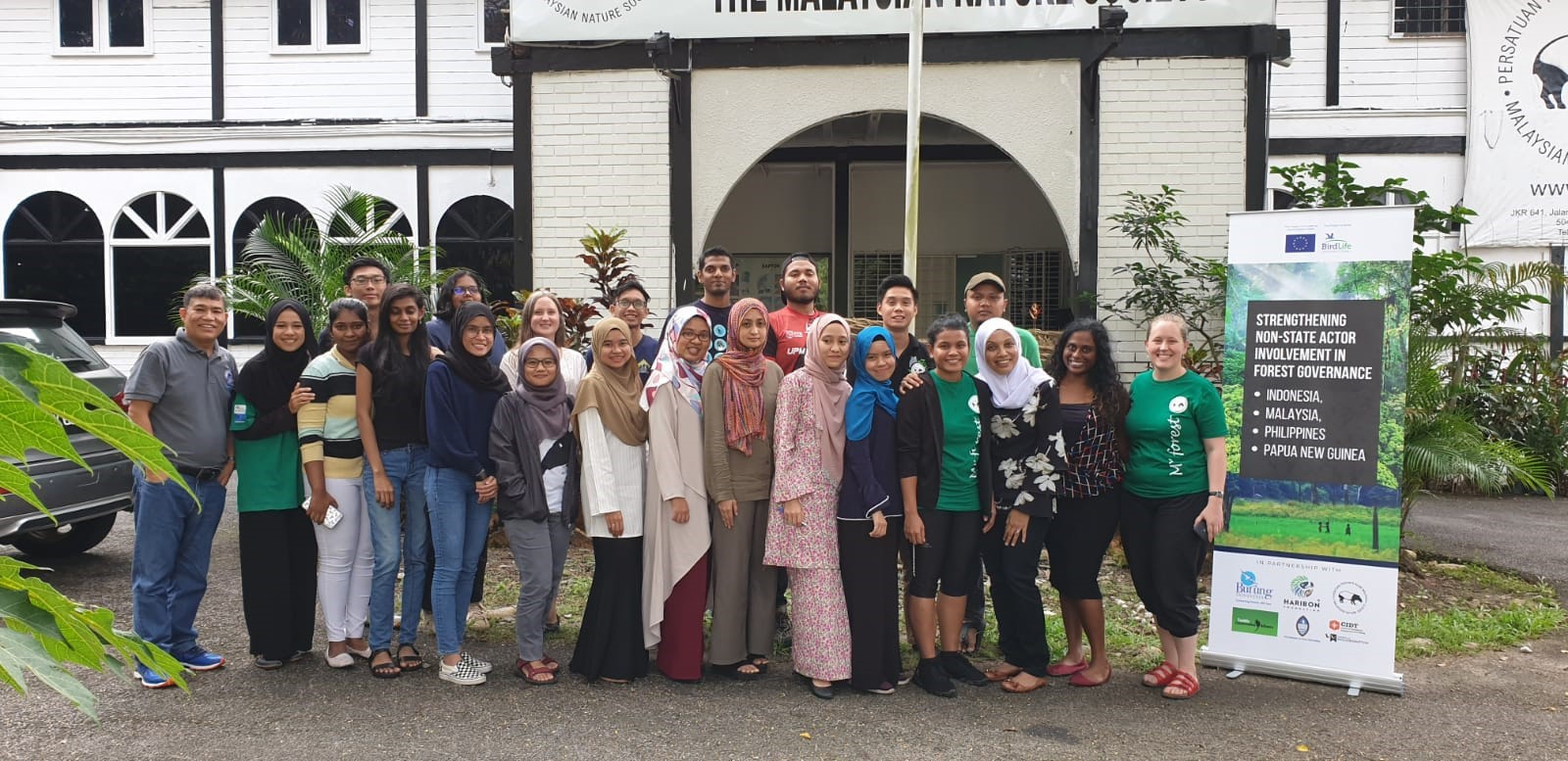

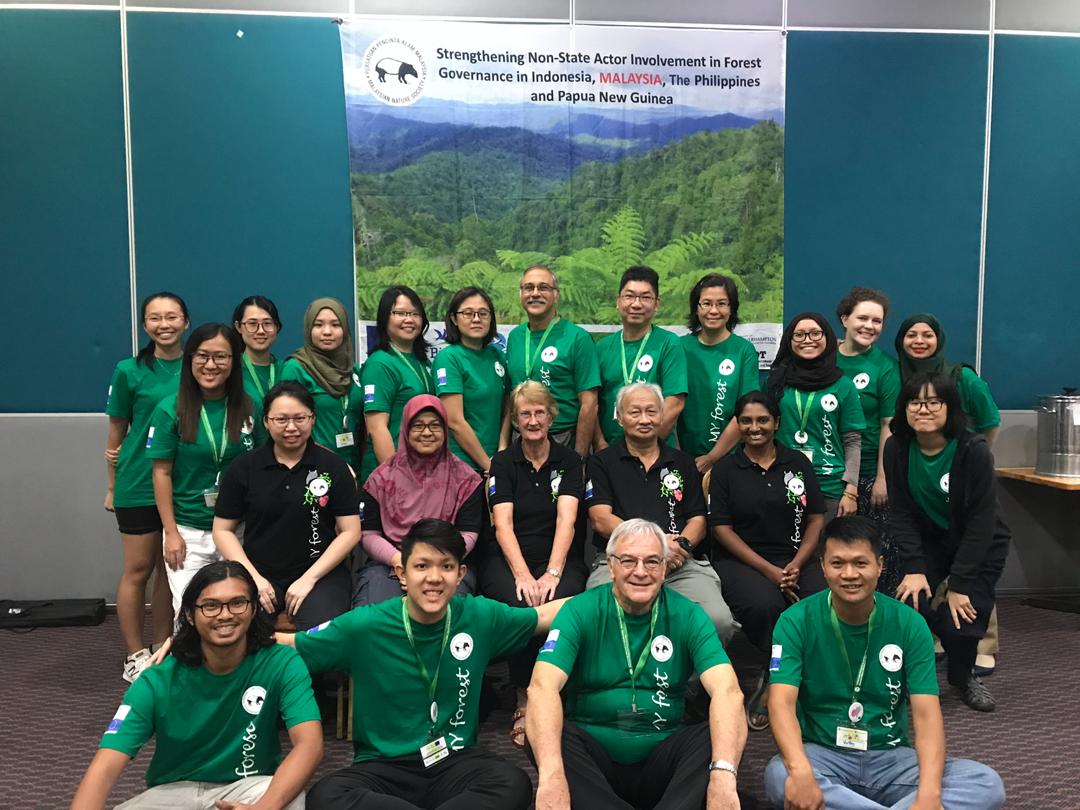





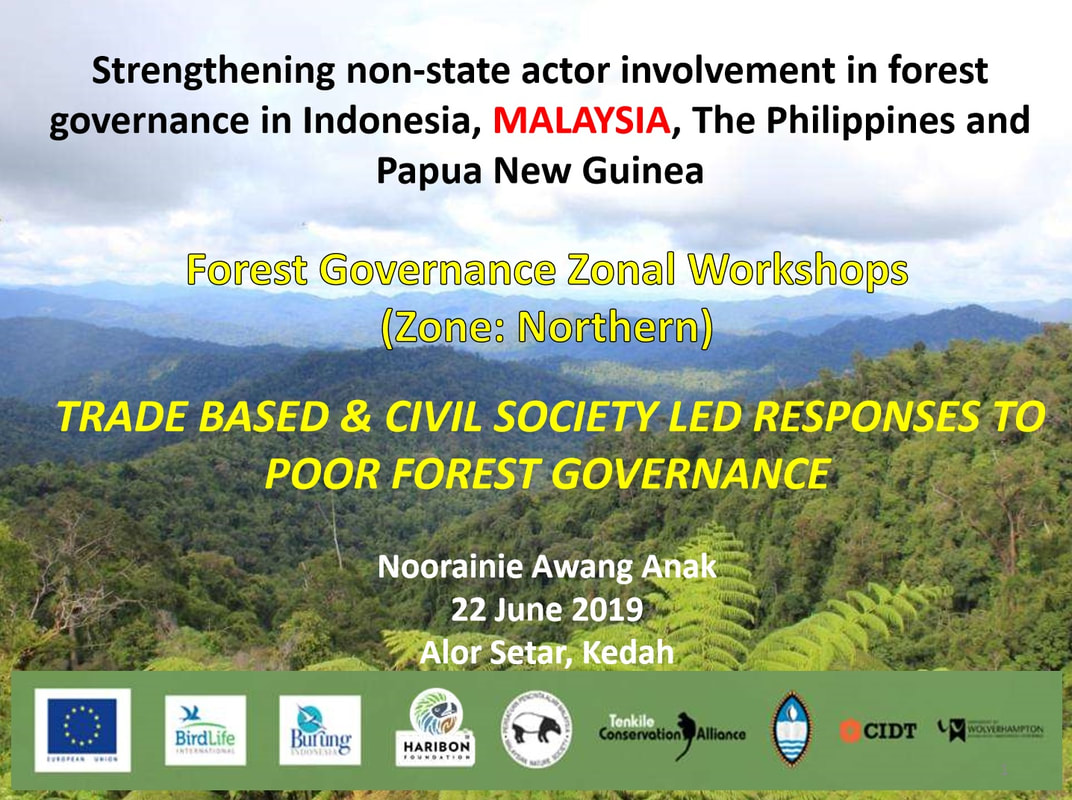











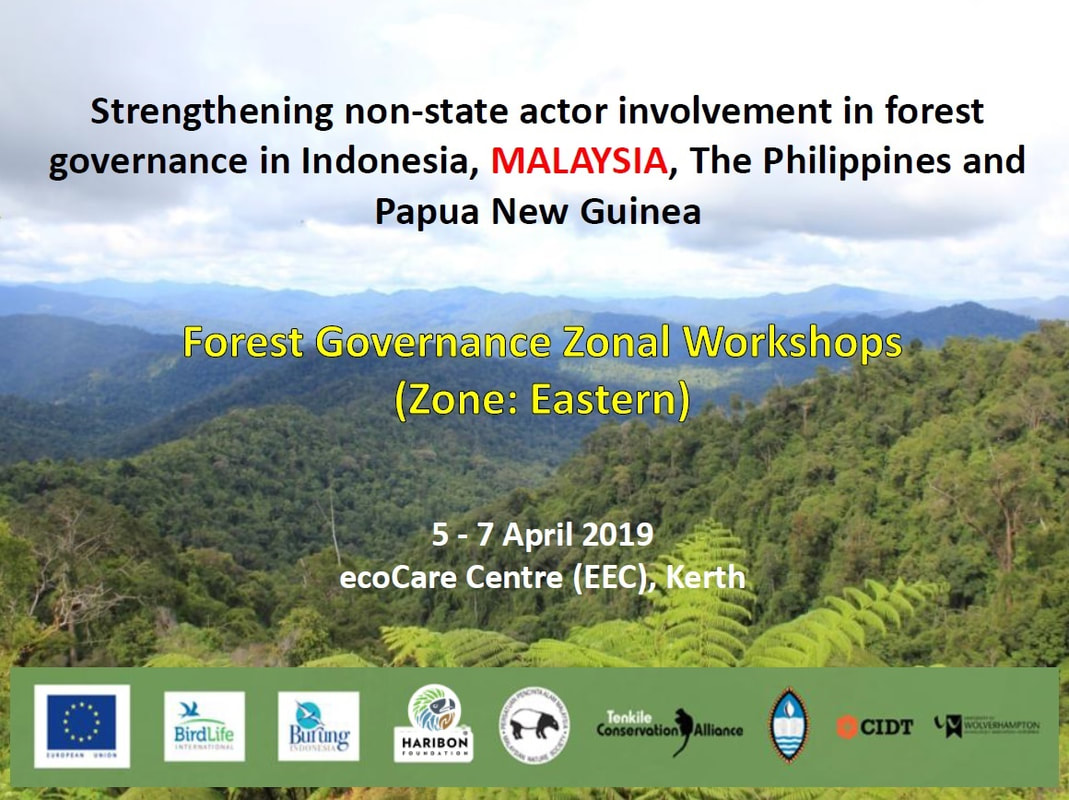


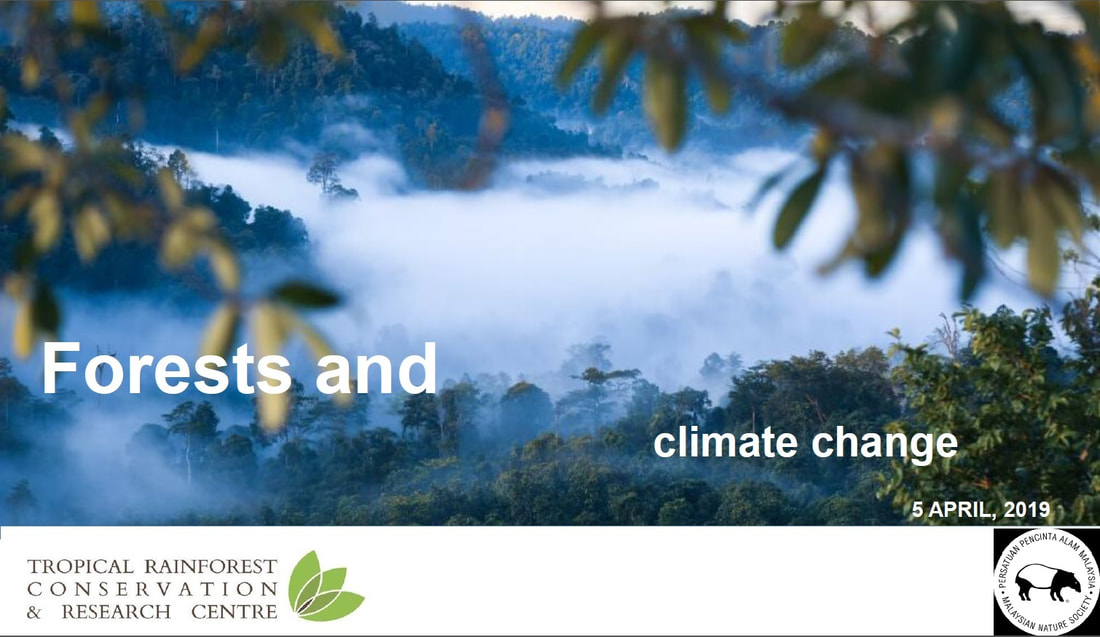





 RSS Feed
RSS Feed
